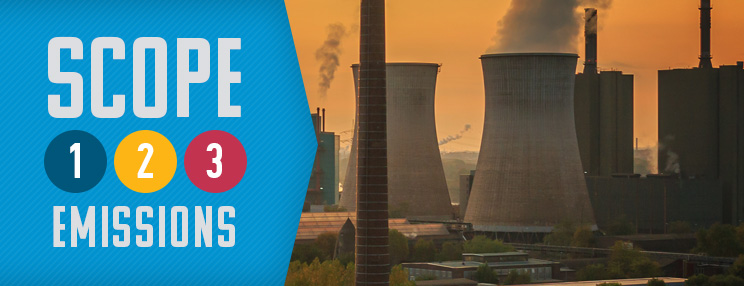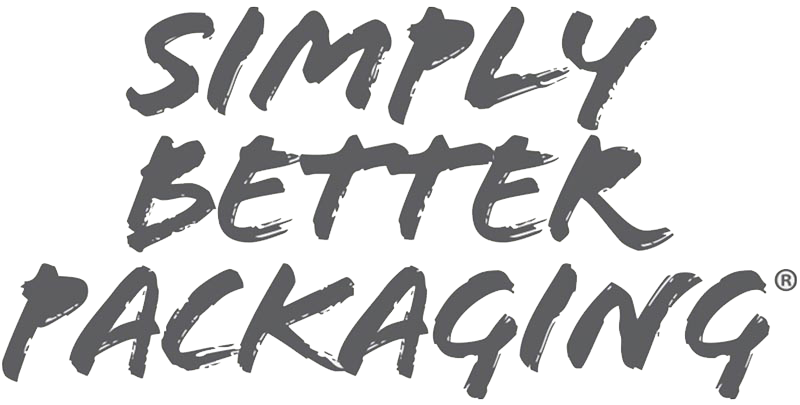Scope 1, 2, and 3 Emissions

Looking into ways to reduce emissions.
By Catherine Haub
With sustainability at the forefront of many consumers’ minds, businesses are working towards changing their operations to reduce their negative impact on the planet, and a way of doing so is by reducing greenhouse gas emissions. There are several ways to do this, such as taking a zero-net waste approach for operations. When pursuing a zero-net waste approach, the goal is to limit the amount of waste released by capturing the same amount that is released. An important part of reducing waste is to limit the number of greenhouse gases emitted, and one way to investigate emissions is by categorizing them into Scope 1, 2, and 3 emissions. The goal of putting these emissions into three different categories is to help businesses see if the emissions come directly from them or their suppliers [1].
What are the scope 1, 2, and 3 emissions?
The Greenhouse Gas Protocol categorizes emissions into three different categories that are the same across the globe:
Scope 1: these emissions come directly from the operations of a business [1].
Scope 2: these emissions are indirect emissions from purchased energy. This usually includes buying energy for heating, cooling, and electricity [1].
Scope 3: these emissions are all of the other indirect emissions. These emissions would include what emissions come from the businesses’ suppliers. In many cases, these emissions are usually the highest for a business [1].
Why is this important?
If a business is looking to reduce its emissions, it is important to know whether or not the emissions are coming directly from the business or its suppliers. That way, they can create a plan to decrease emissions and have it be more effective, especially as greenhouse gas emissions must be reduced by 50% to prevent the worst effects of climate change [2]. Climate change is becoming more important to consumers [3], and greenhouse gas emissions have been linked to climate change [4]. By reducing emissions, companies can limit their negative impact on the planet [1], and can report their reduced emissions to their consumers.
With a lot more emphasis on businesses creating a more sustainable supply chain, part of that includes what the business itself is doing and its suppliers, which is why it is important to look across the supply chain to find ways to be more sustainable. By looking at all of the emissions, both directly from the business and indirectly from their suppliers, it can be easier to pinpoint areas where emissions can be reduced [1]. Businesses can set goals for their suppliers to reduce emissions to help the business reduce their emissions, causing a decrease in scope 1 emissions for the supplier and scope 3 for the business. For example, Walmart has been trying to reduce scope 3 emissions through their Project Gigaton by requiring those who are participating to report their emissions to Walmart, and Walmart will help them reduce their emissions to meet both the suppliers’ and Walmart’s goals [5]. As consumers are paying more attention to sustainable operations, companies must look to find ways to reduce emissions wherever possible, which is why it is important to look at both the business and its suppliers.
[2] GHG Protocol: Scopes 1, 2 & 3 Emissions (linkedin.com)
[3] The Rise Of Climate-Conscious Consumers: The Climate Change Opportunity In Banking (forbes.com)
[4] Why Scope 1, 2 and 3 Carbon Emissions Matter – Emo Trans (emotrans-global.com)
[5] Zero Emissions (walmartsustainabilityhub.com)
ABOUT PLACON
Since 1966, Placon has been a leading designer and manufacturer of innovative and sustainable plastic packaging for medical, food, and consumer goods markets. Placon has manufacturing operations in Madison, WI; West Springfield, MA; Elkhart, IN; and Plymouth, MN, and is currently ranked in the Top 20 in Plastics News 2024 Thermoformers Rankings. Placon delivers packaging breakthroughs that inspire better engagement between people and products.





